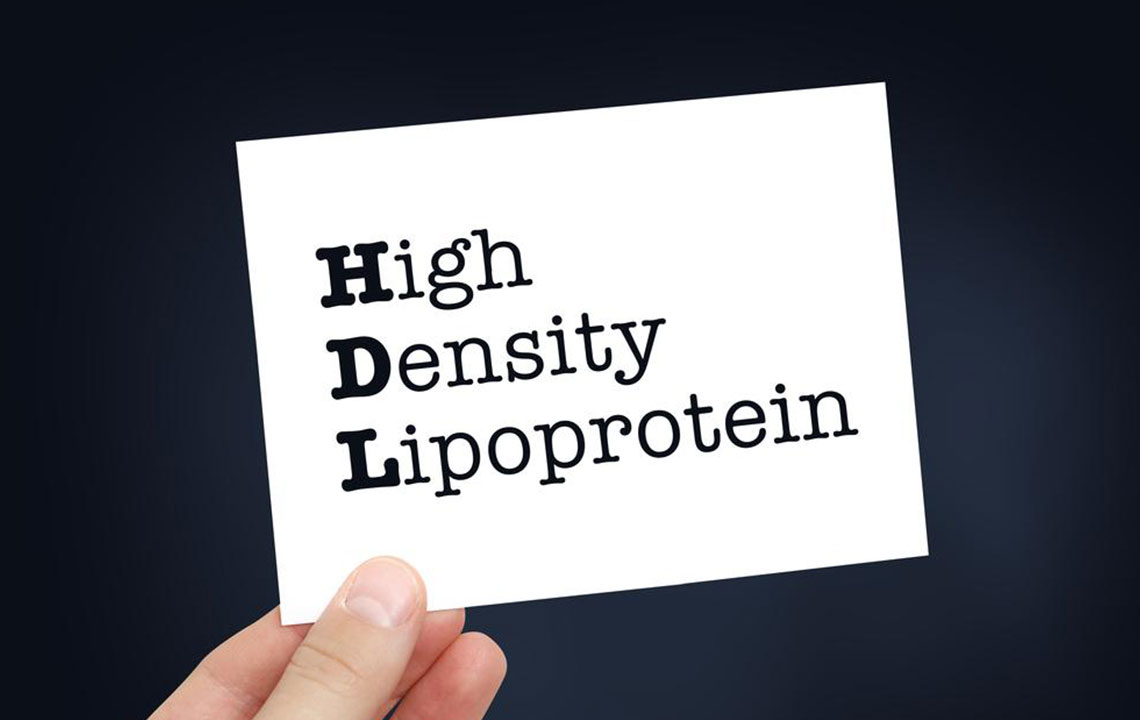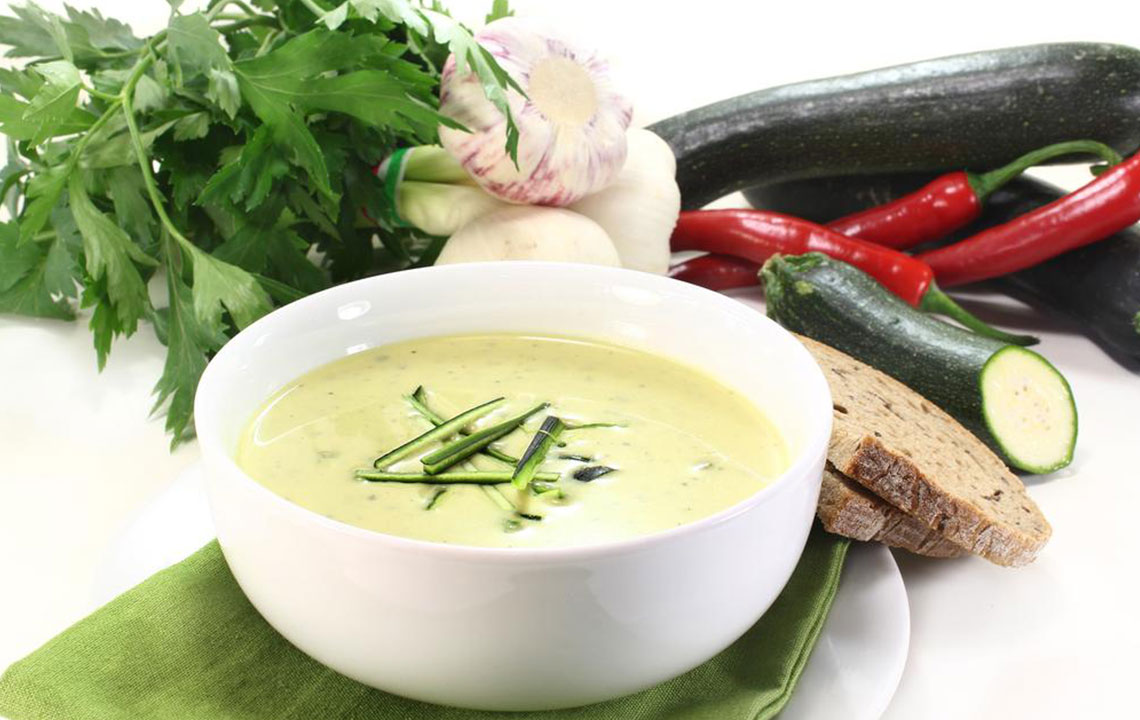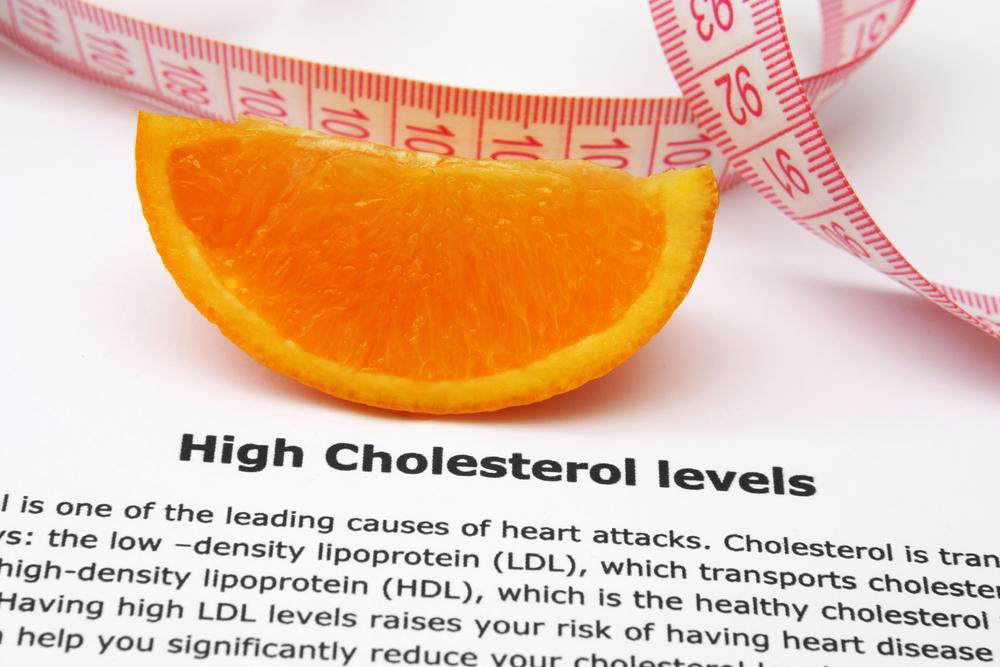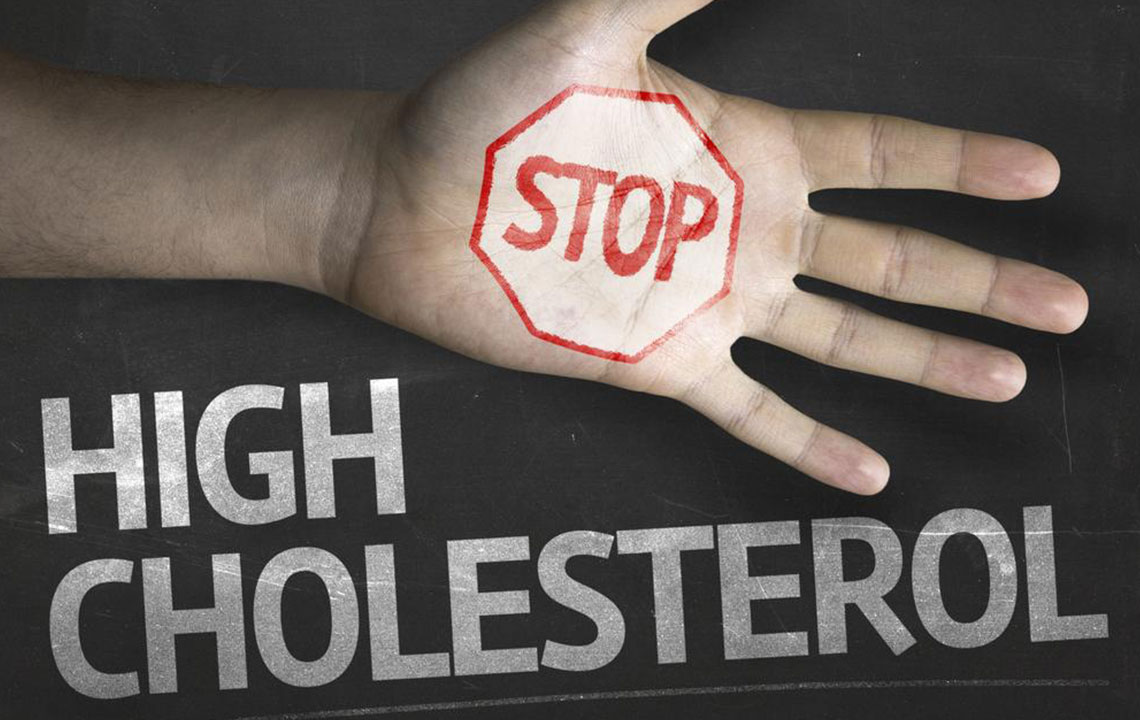Comprehensive Guide to Boost Your Good Cholesterol (HDL) for Heart Health
This comprehensive guide explores effective strategies to increase your HDL (good cholesterol) levels, crucial for cardiovascular health. It emphasizes dietary modifications, including consuming nuts, fatty fish, olive oil, and high-fiber foods, along with adopting a physically active lifestyle. Managing cholesterol effectively reduces the risk of atherosclerosis, heart attacks, and strokes. The article provides practical tips and scientific insights to help you achieve optimal cholesterol balance, ensuring a healthier heart and longer life. Regular monitoring and lifestyle changes are key to maintaining optimal heart health.

Comprehensive Strategies to Enhance Your Good Cholesterol (HDL) and Promote Cardiovascular Wellness
Many individuals harbor misconceptions about cholesterol, often assuming that all forms are inherently harmful. In reality, cholesterol is an essential component of the body's metabolic processes. The key to maintaining cardiovascular health lies in understanding the different types of cholesterol and their roles. Among these, High-Density Lipoprotein (HDL), often termed "good cholesterol," plays a protective role by removing excess cholesterol from the bloodstream. Conversely, Low-Density Lipoprotein (LDL), known as "bad cholesterol," tends to deposit cholesterol in arterial walls, contributing to plaque formation and cardiovascular disease.
Achieving and maintaining optimal cholesterol levels requires a balanced approach involving a nutritious diet, regular physical activity, and lifestyle modifications. Elevating HDL levels while controlling LDL and triglycerides can significantly improve heart health and reduce the risk of ischemic events such as heart attacks and strokes.
Understanding the Different Types of Cholesterol
High-Density Lipoprotein (HDL) is often called the "good cholesterol" because of its capacity to help clear excess cholesterol from arterial walls and transport it back to the liver for processing and excretion. Elevated HDL levels are linked to a lower risk of developing cardiovascular disease. Healthcare providers typically recommend monitoring HDL alongside other lipid parameters through blood tests, with higher levels being indicative of better cardiovascular health. Numerous scientific studies have consistently shown that low HDL levels correlate with increased incidence of heart disease.
Low-Density Lipoprotein (LDL), in contrast, is the "bad cholesterol" that can accumulate in arterial walls, gradually forming plaques. These plaques narrow arteries and restrict blood flow, increasing the risk of heart attacks and strokes. Strategies aimed at reducing LDL are central to cardiovascular disease prevention.
Triglycerides are fatty acids stored in fat cells, serving as a primary energy source. When triglyceride levels are high—often due to poor diet, obesity, or metabolic conditions—they contribute to the overall burden on the cardiovascular system, especially when combined with low HDL and high LDL levels.
Persistent high cholesterol levels can lead to atherosclerosis, where plaque buildup causes arteries to stiffen and narrow. This process hampers effective blood circulation, increasing the likelihood of severe health events. Therefore, managing cholesterol involves lowering harmful LDL and triglycerides while boosting protective HDL through nutritional choices and lifestyle habits.
Dietary and Lifestyle Strategies for Increasing HDL
Selecting a diet low in refined sugars and simple carbohydrates helps stabilize blood sugar levels, which in turn supports favorable cholesterol profiles. Cutting back on saturated fats found in processed foods and fatty meats reduces LDL levels. Incorporating dietary fiber and plant sterols can further enhance cholesterol balance, as they are known to inhibit cholesterol absorption in the gut. Conversely, certain foods possess properties that actively raise HDL levels, offering additional cardiovascular protection.
Foods and Habits to Raise Your HDL Cholesterol
Nuts: Almonds, walnuts, hazelnuts, pecans, and peanuts are rich in monounsaturated and polyunsaturated fats, which positively influence HDL levels. Regular nut consumption has been linked to reduced cardiovascular risk.
Seafood: Fatty fish such as salmon, mackerel, sardines, tuna, and halibut are excellent sources of Omega-3 fatty acids, known to support heart health and elevate HDL. Aim for at least two servings of fatty fish per week, or consider Omega-3 supplements derived from fish oil or plant sources like flaxseed and hemp seeds.
Olive Oil: As a cornerstone of the Mediterranean diet, extra virgin olive oil contains heart-healthy monounsaturated fats that raise HDL levels and provide anti-inflammatory benefits.
Avocado: This fruit is high in monounsaturated fats, making it an excellent choice for improving HDL cholesterol. Use avocado slices on salads, spread them on whole-grain bread, or incorporate them into smoothies.
Whole Grains and Soluble Fiber: Foods like oatmeal, barley, and beans are high in soluble fiber, which helps increase HDL levels and lower LDL. Regular intake supports overall cardiovascular health.
In addition to dietary modifications, physical activity plays a vital role in promoting healthy HDL levels. Engaging in aerobic exercises, such as brisk walking, running, cycling, or swimming, for at least 150 minutes per week can substantially elevate HDL cholesterol. Maintaining an active lifestyle not only boosts cardiovascular health but also assists in weight management and metabolic regulation.
Regular health check-ups and blood lipid monitoring are essential to assess progress and adjust lifestyle interventions accordingly. Combining dietary improvements with consistent exercise, smoking cessation, and moderate alcohol consumption forms a comprehensive approach to controlling cholesterol and enhancing overall heart health.





